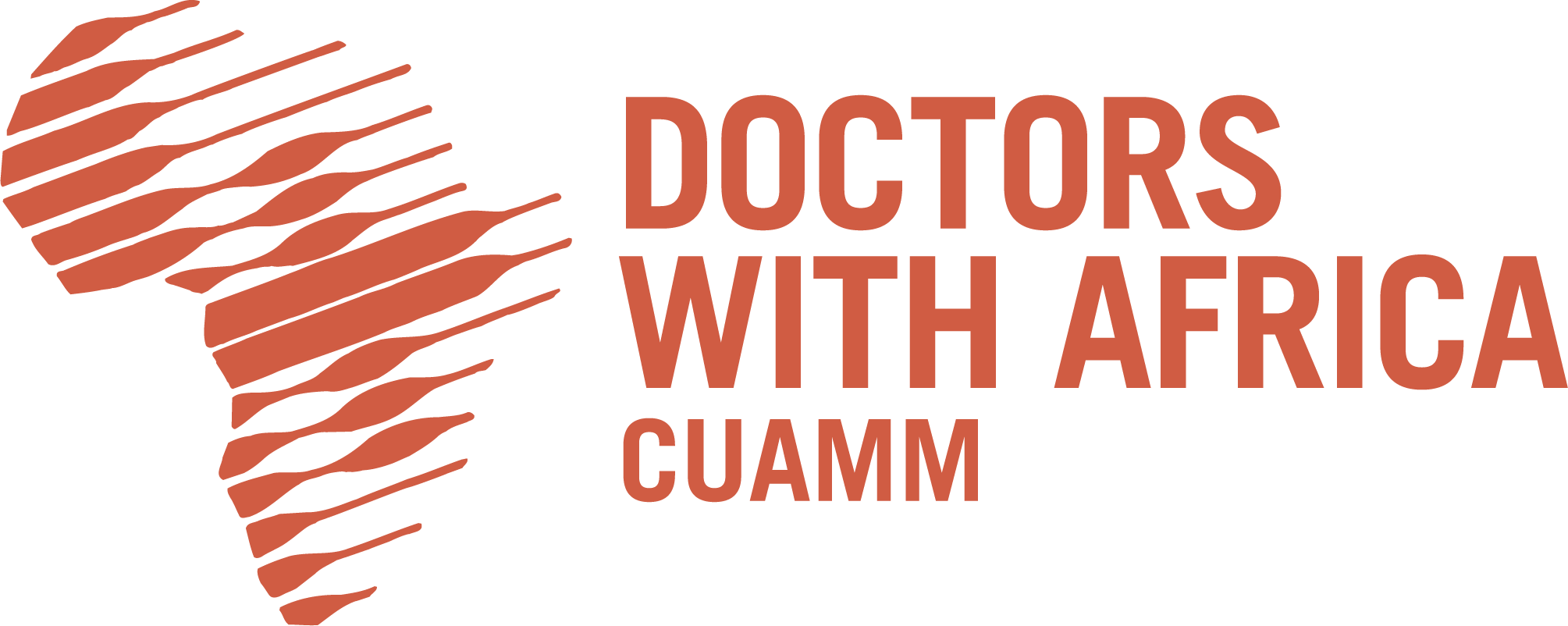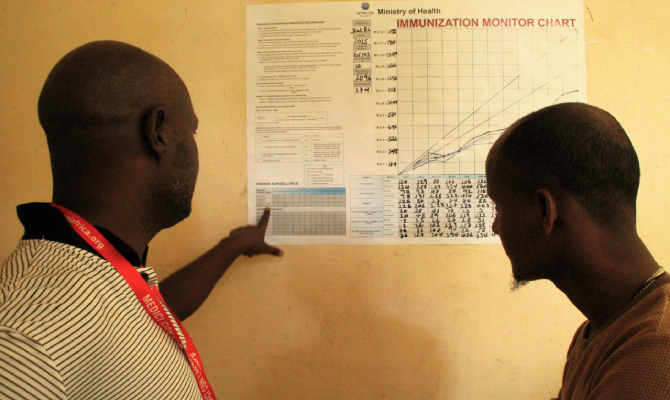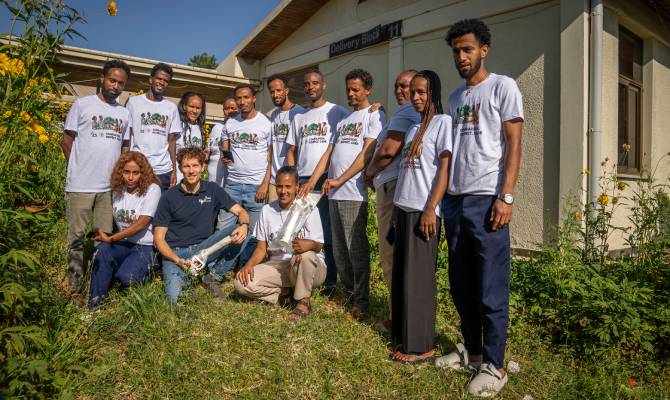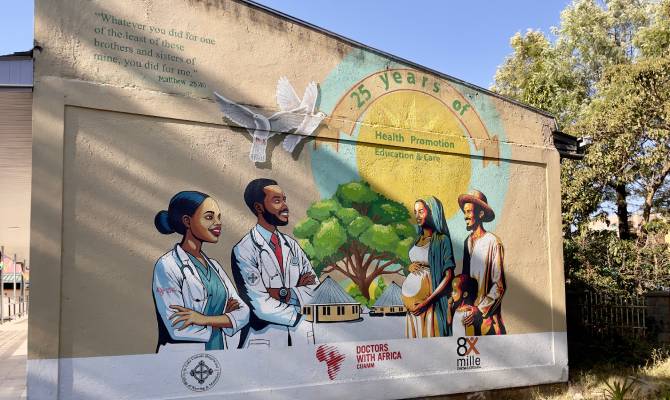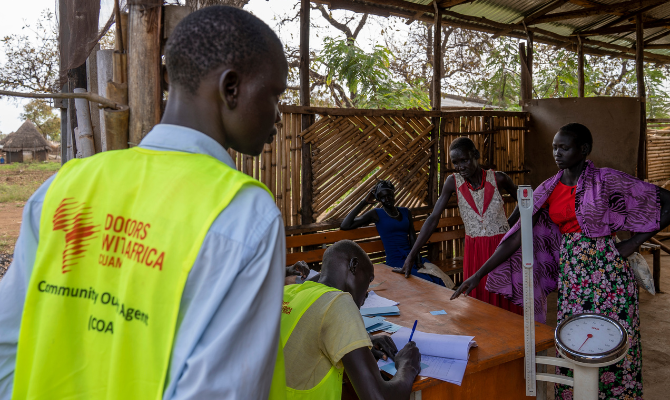What is behind the essential health services provided to the population in the most fragile settings? Behind the concrete delivery of services, there are very delicate skills and activities: the timely supply of drugs and medical equipment, the complex infrastructural improvements in fragile situations, the capacity building of local workers, often far from regular training systems.
In the Gambella Region of Ethiopia, a ‘transformational’ pathway is in place to improve essential health services, particularly for mothers and children, by strengthening the Health Management Information System (HMIS). This process requires honing articulated skills such as data collection, analysis and utilisation, so that those managing health services can make more informed decisions and thus provide higher quality care to the population. In addition, an effective data management system is crucial for tracking the progress of project-implemented activities and flagging any critical issues, thus allowing actions and strategies to be re-oriented in a more appropriate manner.
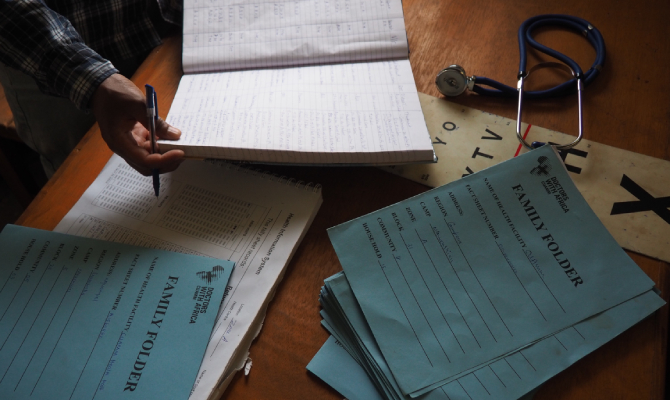
This is one of the components of the technical assistance provided within the “INCLUSIVE: Strengthening Prevention, Equitable and Inclusive Care for All” project that supports 9 health facilities, 2 hospitals and 7 health centres in three districts of the Region: Gambella Town, Gambella Zuria and Abobo. The focus of the intervention is maternal and child health care, with special attention to prevention and the creation of a favourable health environment for people with disabilities. Financed by the Italian Agency for Development Cooperation, the intervention is implemented by Doctors with Africa CUAMM together with CBM International and Rehabilitation and Development Organisation (RaDO).
“Improving information utilisation platforms and data monitoring practices is crucial today, in order to manage the day-to-day work in a more timely manner, but also for the future, to more effectively inform health initiatives and improve services. The progress made so far highlights the importance of collaboration, training and dedicated support,” says Buzuayehu Bogale, Cuamm expert for project monitoring and evaluation.
Based on an initial analysis, an action plan was developed for each health facility involved through targeted staff training and supervision activities. Among the main results achieved, staff improved their ability to validate data and prepare accurate reports from DHIS2, the national district-level health information collection software; as well as to monitor performance using key indicators (KPIs), to regularly update the system and to use monitoring charts. Investing in the health information system is investing in improving the quality of services and their sustainability: it is the other, more hidden side of caring for patients.
